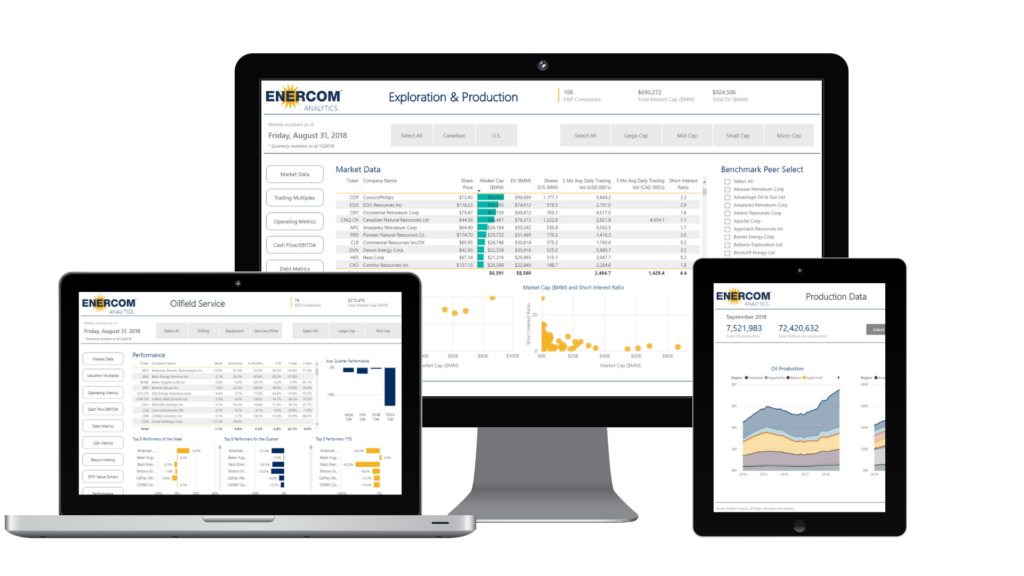(Investing) – LONDON -OPEC+ agreed to stick to its policy of gradually raising oil output from April on Monday and removed the U.S. government’s Energy Information Administration from the sources used to monitor its production and adherence to supply pacts.
OPEC+ and Donald Trump clashed repeatedly during his first administration in 2016-2020 when the U.S. President demanded it raise production to compensate for the drop in Iranian supply that resulted from U.S. sanctions.
Since returning to office in January, Trump has already called on the Organization of the Petroleum Exporting Countries to bring down prices, saying elevated prices have helped Russia continue the war in Ukraine.
Russia’s Deputy Prime Minister Alexander Novak said the group of ministers from OPEC and allies led by Russia (OPEC+) discussed Trump’s call to raise production, and agreed OPEC+ will start boosting output from April 1 in line with previous plans.
An online meeting of the OPEC+ group called the Joint Ministerial Monitoring Committee also changed the list of consultants and other firms OPEC+ uses to monitor its production, known as secondary sources.
“After thorough analysis from the OPEC Secretariat, the Committee replaced Rystad Energy and the Energy Information Administration (EIA) with Kpler, OilX, and ESAI, as part of the secondary sources used to assess the crude oil production and conformity,” OPEC+ said in a statement.
One OPEC+ source said the removal of EIA data was because the agency was not communicating on the information required and that the decision was not driven by politics. The U.S. government did not immediately respond to a request for comment.
OPEC+ uses secondary sources to help monitor its output as a legacy of historic OPEC disputes about how much oil members were pumping and occasionally alters the list.
In March 2022, OPEC+ dropped the International Energy Agency as a secondary source, a decision OPEC+ sources at the time said was driven by Saudi Arabia, reflecting concern about U.S. influence on the watchdog’s figures.
Monday’s meeting coincided with a rise in oil prices after Trump imposed tariffs on Mexico, Canada and China, America’s top trading partners, raising concern about supply disruption.
Prices, however, have yet to return to the level of $83 a barrel hit on Jan. 15 because of concern about the impact of U.S. sanctions on Russia.
OPEC+ is cutting output by 5.85 million barrels per day (bpd), equal to about 5.7% of global supply, agreed in a series of steps since 2022.
In December, OPEC+ extended its latest layer of cuts through the first quarter of 2025, pushing back a plan to begin raising output to April. The extension was the latest of several delays due to weak demand and rising supply outside the group.
Based on that plan, the unwinding of 2.2 million bpd of cuts – the most recent layer – and the start of an increase for the United Arab Emirates, begins in April with a monthly rise of 138,000 bpd, according to Reuters calculations.
The hikes will last until September 2026. Based on OPEC+’s previous practice, a final decision to go ahead with the April hike is expected around early March.








